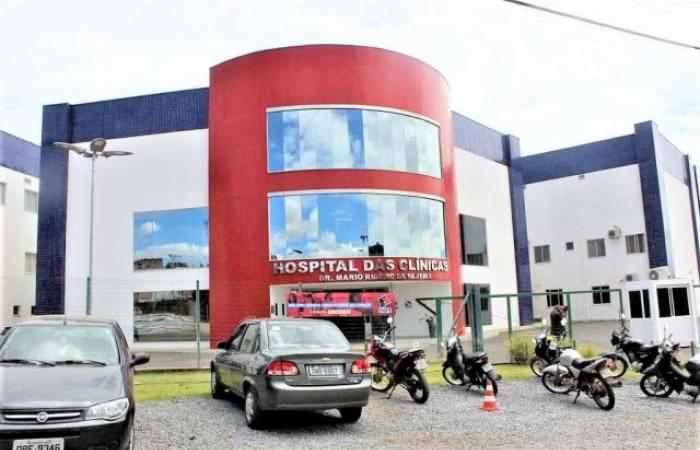With an operational deadline expected to be completed within 12 months, the Bipartite Intermanagers Commission of the Unified Health System (CIB-SUS) approved on March 1st the work plans of the Santa Casa and Mário Ribeiro da Silveira hospitals, based in Montes Claros, and the Oswaldo Prediliano Santana Hospital, in Salinas, for the implementation of three Burn Treatment Centers in the North of Minas. In total, the investments made possible for the region by the State Department of Health of Minas Gerais (SES-MG) are more than R$3.8 million.
During a CIB-SUS meeting, held in Montes Claros, Denilson Paranhos Costa, technical reference for the Urgency and Emergency Network of the Regional Health Superintendency (SRS) of Montes Claros, explained that “the accreditation of hospitals took into account the criteria established in Resolution 9,112 and the agreement approved at a CIB-SUS meeting, held on November 17, with the participation of health managers from the North Health macro-region. Across the state, 14 accredited hospitals will receive resources from the state treasury and the amounts will be transferred every four months to municipal health funds.”
The work plan of the Dr. Oswaldo Prediliano Santana Hospital, in Salinas, foresees an investment of R$ 311.1 thousand in the purchase of medicines and R$ 483.2 thousand in the acquisition of equipment for the Burn Treatment Center.
“The implementation of the Center in Salinas aims to improve capacity and provide effective and quality care to patients, contributing to the prevention of sequelae. Our goal is to serve children, the elderly and adults classified as having medium severity”, emphasizes Laiane Medeiros Ramos Lima and Wexley Miranda Mendes, hospital manager and municipal health secretary of Salinas, respectively.
With a planned investment of R$794,600, Santa Casa de Montes Claros also presented the work plan for structuring the Size II Burn Treatment Center. The execution period will be up to 12 months, with R$311.1 thousand allocated to the purchase of inputs and medicines and R$485.5 thousand to the purchase of permanent equipment and materials.
Hospital das Clínicas Dr. Mário Ribeiro da Silveira intends to invest more than R$ 1.9 million in the purchase of equipment for the implementation of the Burn Treatment Center size III.
Criteria
The Health Care Coordinator at SRS Montes Claros, João Alves Pereira, explains that SES-MG establishes that “if there are more hospitals that meet the criteria required to be accredited as a Burn Treatment Center size II or III, those eligible will be those that meet the criteria in the following order of priority: provide assistance to pediatric patients; have relevance regarding regionalization of care, aiming to expand access; and present the largest production contribution to the International Classification of Diseases and Related Health Problems (ICD) for burns, in the 12-month period prior to the analysis of the claim”.
A hospital that proposes to become a burn treatment center of type II must have micro-regional or macro-regional coverage of the Value in Health Module or a specialized institution for level I trauma of the Urgency and Emergency Response Network Program.
The institution that intends to host the Size III Burn Treatment Center must be a micro-regional, macro-regional or state reference hospital of the Value in Health Module; be a level III or II hospital or specialized in level I trauma. It should preferably be located in the macro-regional pole and commit to serving the macro-regions agreed in the reference grid and other health regions, when necessary.
To facilitate the structuring of the Centers, SES-MG is making R$2.2 million available for Size III services and R$794.3 thousand for Size II centers.
Permanent equipment and materials to be purchased by hospitals include: dermatome (equipment used to cut skin and remove necrotic tissue or biological materials from wounds); skin expansion (used in surgical procedures, such as grafting); Blair knife (used for grafting); Electric Fawler type hospital bed; advanced stretcher cart; multiparametric and vital signs monitor; pressuremetric and volumetric lung ventilator; cardioverter; anesthesia and emergency cart; hyperbaric chamber for patients and balneotherapy (patient hygiene system).
By Pedro Ricardo – Photos: Anni Sieglitz and Ascom/Hospital Dr. Mário Ribeiro da Silveira
Tags: Burns CIBSUS approves plans implement treatment centers North Minas
--





